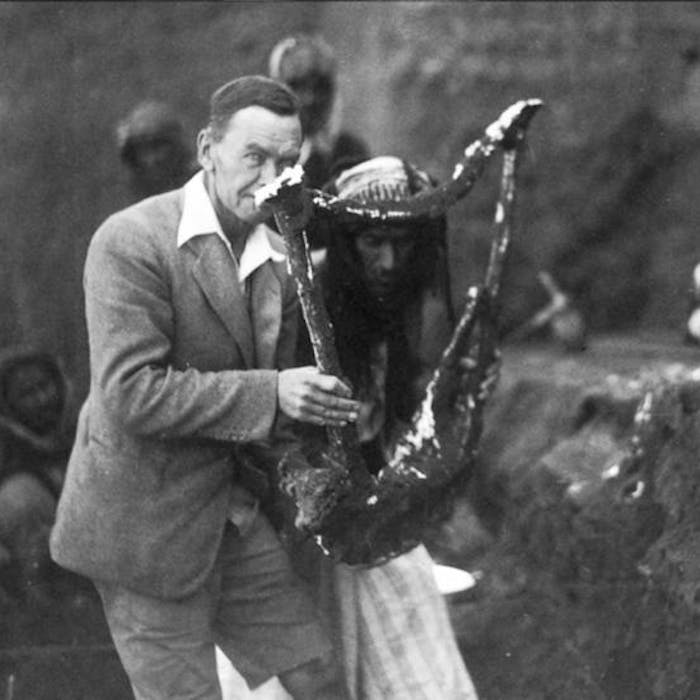
Leonard Woolley - the British archaeologist who uncovered ancient treasures in Iraq
In 1922 Howard Carter had discovered the treasures of Tutankhamen's tomb. Over in Iraq, fellow British archaeologist Leonard Woolley hoped to equal Carter's discoveries during his excavation of the ancient city of Ur. And within months he had uncovered amazing treasures ...
Leonard Woolley was born in London in 1880 and won a scholarship to public school and then Oxford University. He became an archaeologist and, in 1922, led a joint expedition of the British Museum and the University of Pennsylvania to investigate the ruins of the ancient city of Ur in Iraq.
The city of Ur, on the banks of the Euphrates river, was founded nearly 4000 years before Christ and already ancient when the passages of the Bible in which it is mentioned were written. Ur was a city of enormous size, scope, and opulence which drew its vast wealth from its position on the Persian Gulf and the trade this allowed with countries as far away as India. It existed for a long time and was abandoned about 500 BC. It is famed for its ziggurat, and was for a while the largest city in the world.
Much is known about those distant days in Ur due to the skill of Leonard Woolley, who is recognised as one of the first "modern" archaeologists who excavated in a methodical way, keeping careful records, and using them to reconstruct ancient life and history.
Woolley's team excavated the city from 1922 to 1935, but found the "royal tombs" in 1922. These 16 tombs were full of treasures such as paintings, gold and silver jewellery, cups and a golden lyre. The finds included the unlooted tomb of a queen thought to be Queen Puabi —the name is known from a cylinder seal found in the tomb. Chillingly other people had been buried with her, apparently servants put to death in the tomb to serve her in the afterlife. In another grave Woolley found the grave of a possible King with 63 attendants who were all equipped with copper helmets and swords. It is thought to be his army buried with him. Another large room was uncovered, called the "Great death pit". This large room had 74 bodies, 68 of which were women.
These spectacular (and sinister) finds attracted international attention. A celebrity who visited was Agatha Christie. Her visit was doubly productive. It inspired her novel Murder in Mesopotamia (with the murder victim modelled on Woolley's wife), and she married Woolley's assistant Max Mallowan.
Leonard Woolley was knighted in 1935 and died in 1960.
Further reading
Links to external websites are not maintained by Bite Sized Britain. They are provided to give users access to additional information. Bite Sized Britain is not responsible for the content of these external websites.
